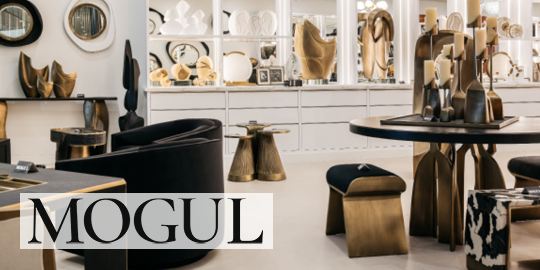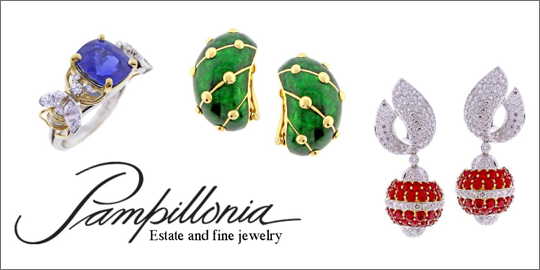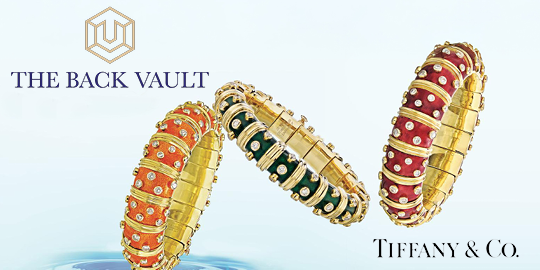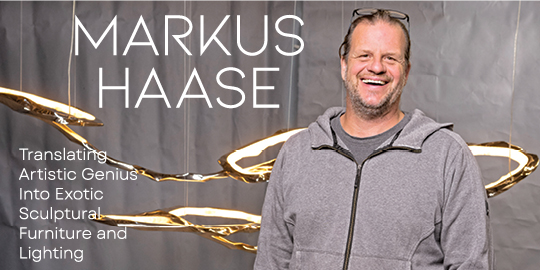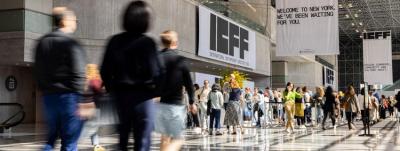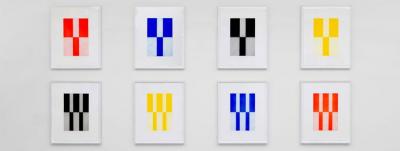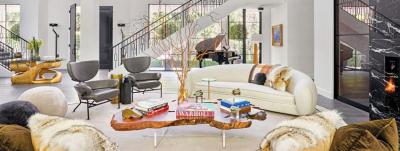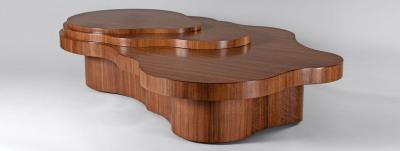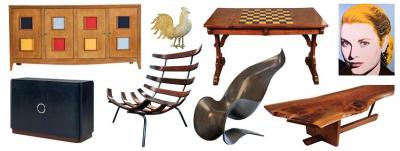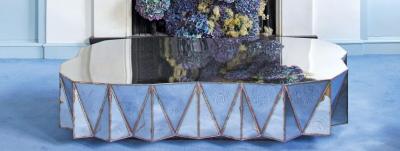Tate Britain to Host London’s First Barbara Hepworth Exhibit in Nearly 50 Years
Tate Britain has announced that it will host London’s first major Barbara Hepworth exhibition in nearly fifty years. “Barbara Hepworth: Sculpture for the Modern World” will open on June 24, 2015, and run through October 25, 2015. After the exhibition closes, it will travel to the Kröller-Müller Museum in Otterlo, the Netherlands (November 2015 – April 2016), and the Arp Museum in Rolandseck, Germany (May – August 2016).
Born in Wakefield, England, in 1903, Hepworth studied sculpture at the Leeds School of Art and the Royal College of Art, where she befriended fellow sculptor Henry Moore. In 1925, during a brief stint in Rome, Hepworth began carving stone and soon found herself at the forefront of a new movement associated with direct carving.
Hepworth’s earliest works were rooted in her fascination with natural forms and textures, but her developing interest in purely formal elements quickly gained precedence. By the early 1930s, Hepworth’s sculpture was entirely abstract, characterized by rounded biomorphic forms chiseled from natural stones. In 1933, after marrying the English abstract painter Ben Nicholson, Hepworth’s works became more severe and geometric, with straight edges and flawless surfaces. As her style matured, Hepworth concentrated on the relationship between mass and space, creating works that were increasingly open, featuring lyrical hollows and graceful perforations. Hepworth would often accent the voids by painting the concave interiors or stretching strings across the openings. Hepworth continued to sculpt and experiment with her medium until she passed away at her Trewyn Studio in 1975. Hepworth’s home in Cornwall was preserved as the Barbara Hepworth Home and Sculpture Garden and is run by the Tate St. Ives, a branch of the Tate galleries.
Tate Britain’s retrospective aims to emphasize Hepworth’s often overlooked prominence in the international art world. A pioneer of Modernism in sculpture, Hepworth was a leading figure in the 1930s, and one of the most successful artists in the world during the 1950s and 1960s. The exhibition charts Hepworth’s evolution from her early small carvings to the magnificent large-scale bronzes that she executed later in her career. The show will present many of her surviving pre-war carvings, and some of her most significant sculptures in wood, stone, and bronze. The exhibition will also feature rarely seen works, including textiles, drawings, collages, and photograms.









